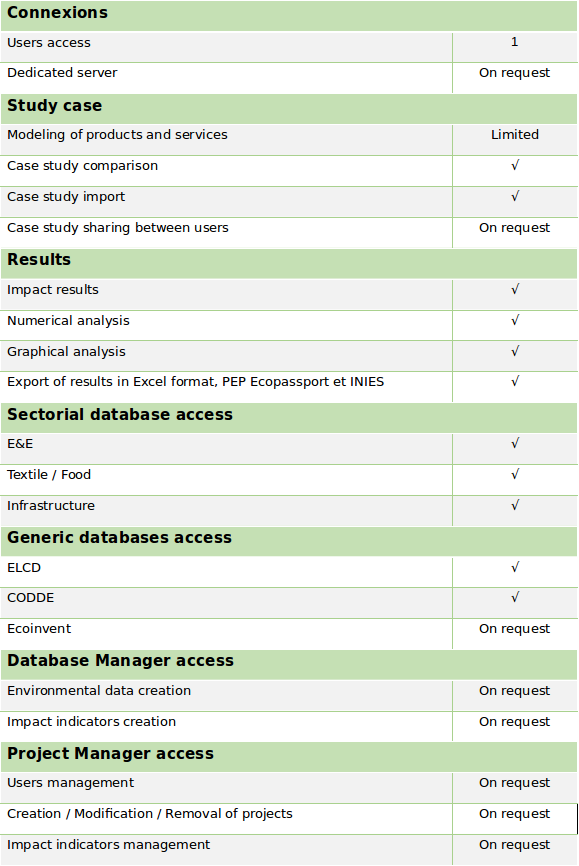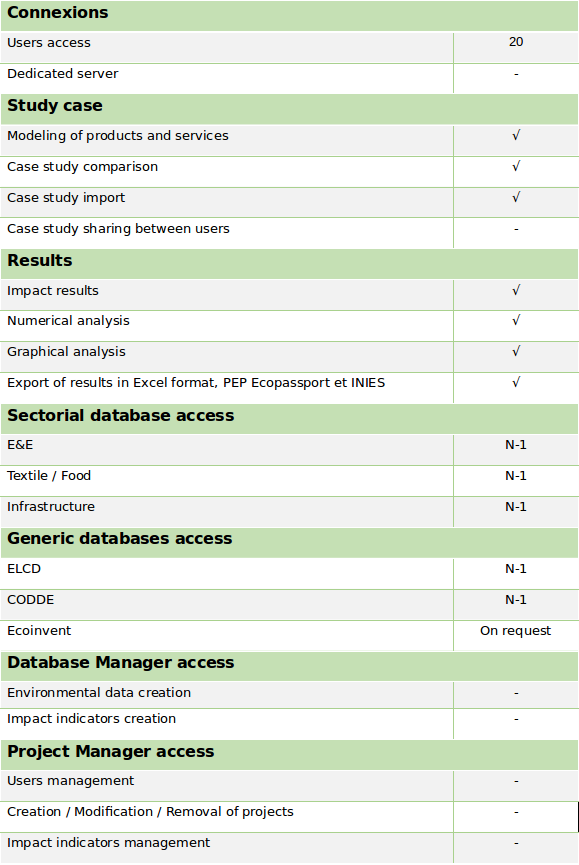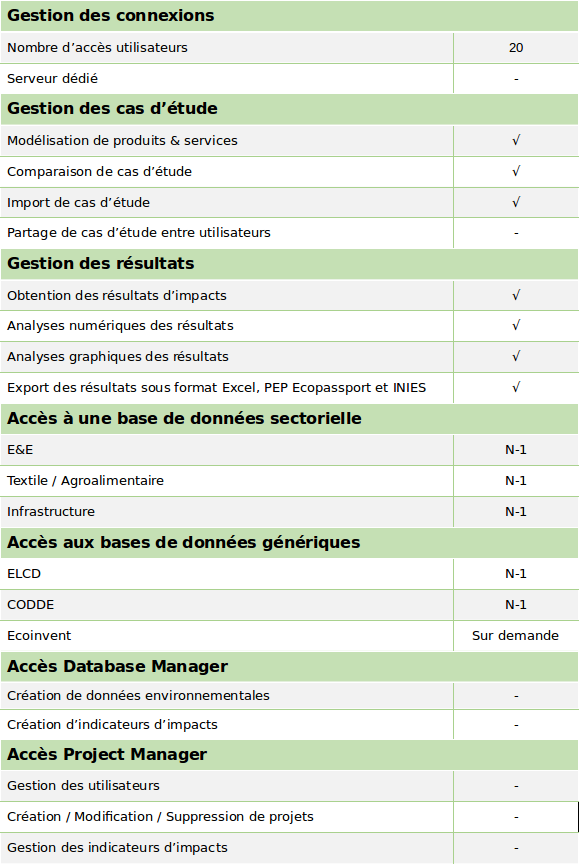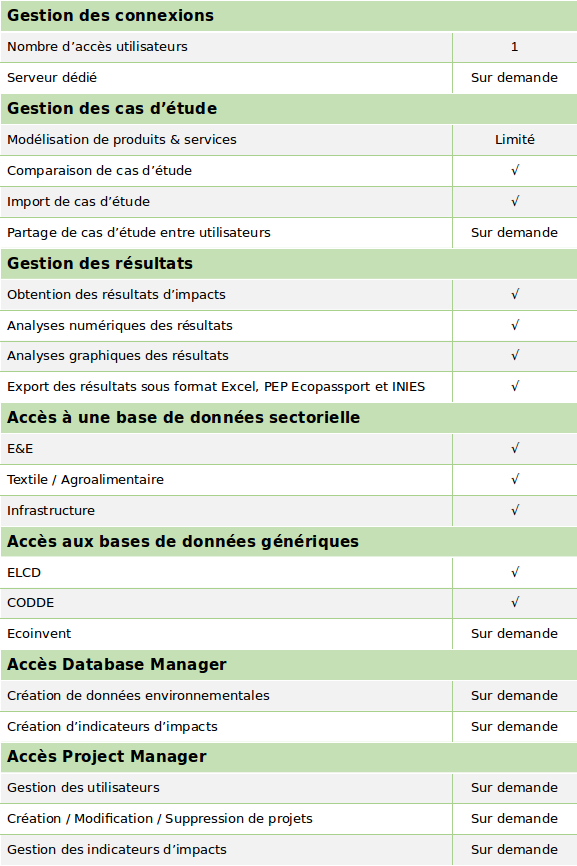WEBINAR - REPLAY OF OCTOBER 7, 2025
Programme : On July 15, 2025, the CODDE® database was enhanced with 2 new sector-specific databases, allowing EIME to further specialize in the electrotechnical fields. During this webinar, our LCA and Eco-design engineers will present the content of these 2 databases, their intended uses, and the technical advancements made by LCIE Bureau Veritas since the NégaOctet project. This webinar includes an EIME demonstration
Timeline - Part 1
00:00 - Introduction
01:44 - Presentation of LCIE Bureau Veritas and the CODDE department
04:10 - Our references and previous projects
06:18 - Database content
15:30 - Examples of use with EIME software
🔊 English subtitles are not yet available. You can download the presentation in English.
Timeline - Part 2
00:00 - Examples of use with EIME software (continued)
07:30 - Database pricing
08:54 - Conclusion
🔊 English subtitles are not yet available. You can download the presentation in English.
Speakers:
Firmin DOMON, LCA and Eco-design Engineer – LCIE Bureau Veritas
Valérie GILLET, Sales Engineer – LCIE Bureau Veritas
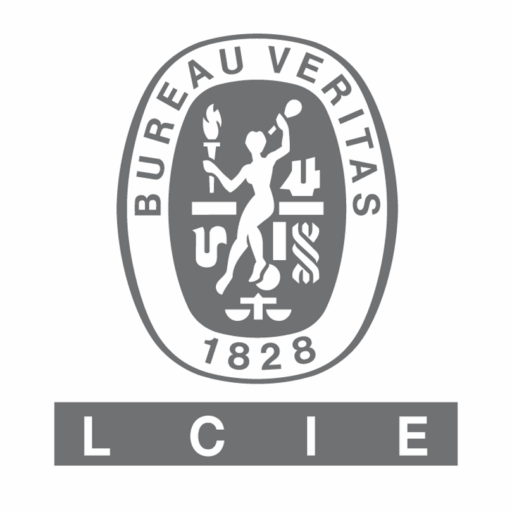

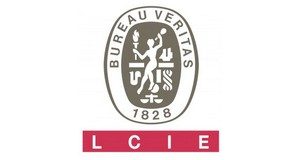
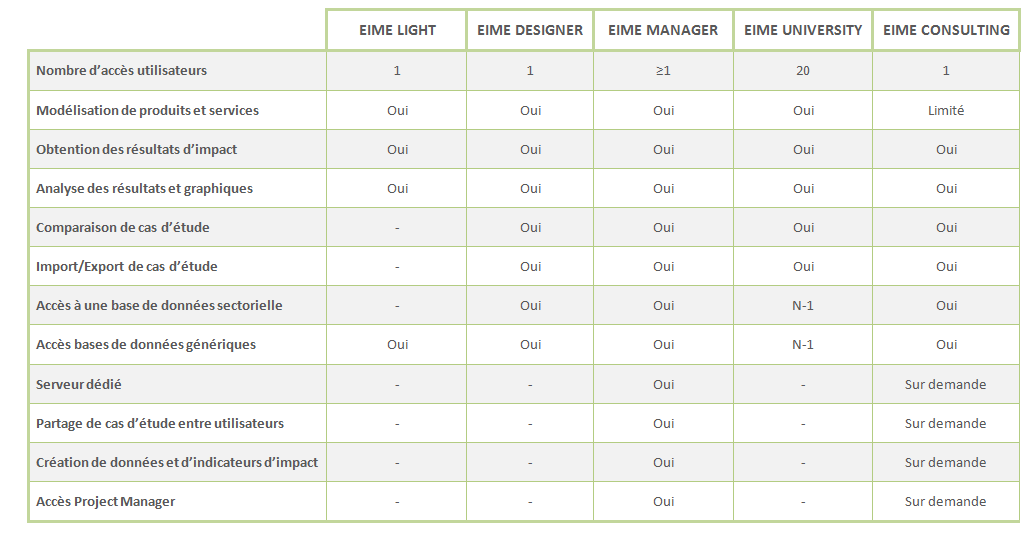

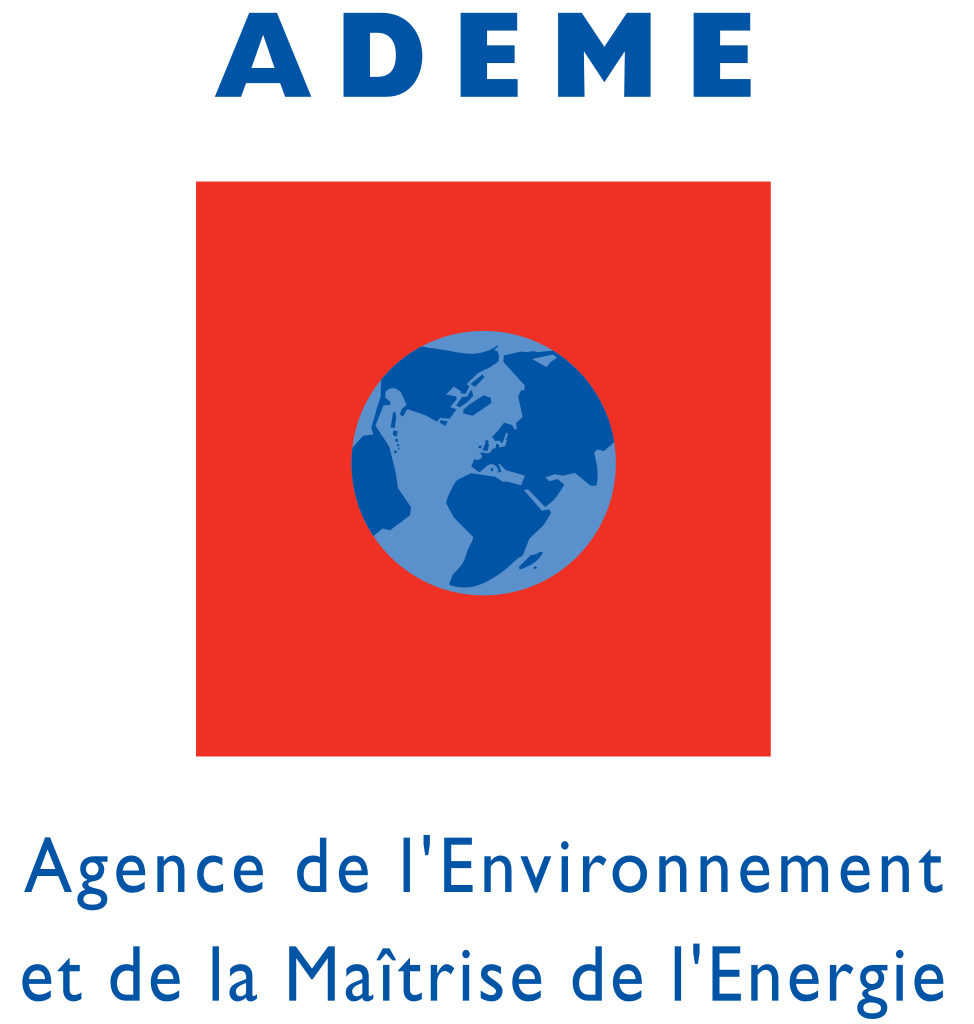

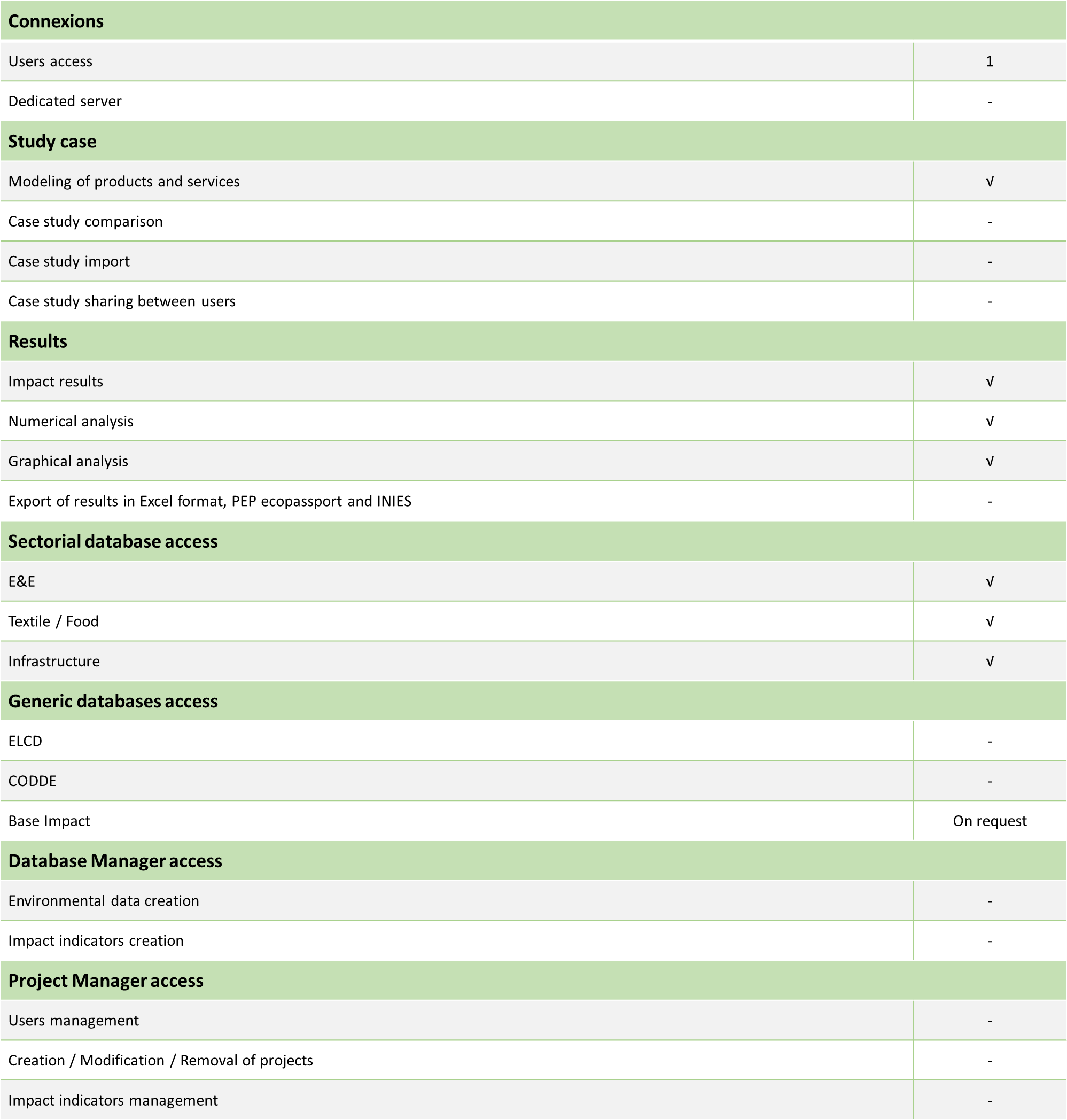
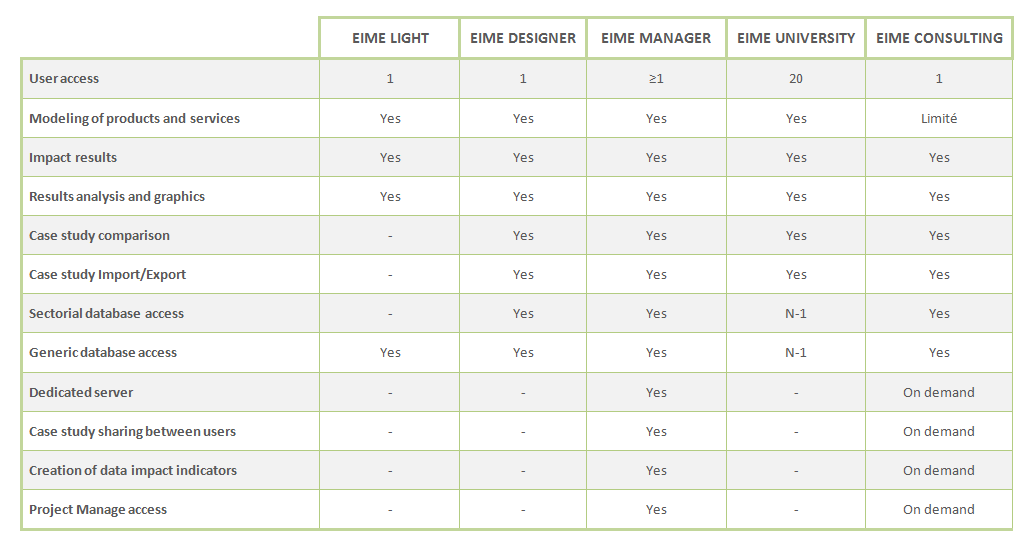


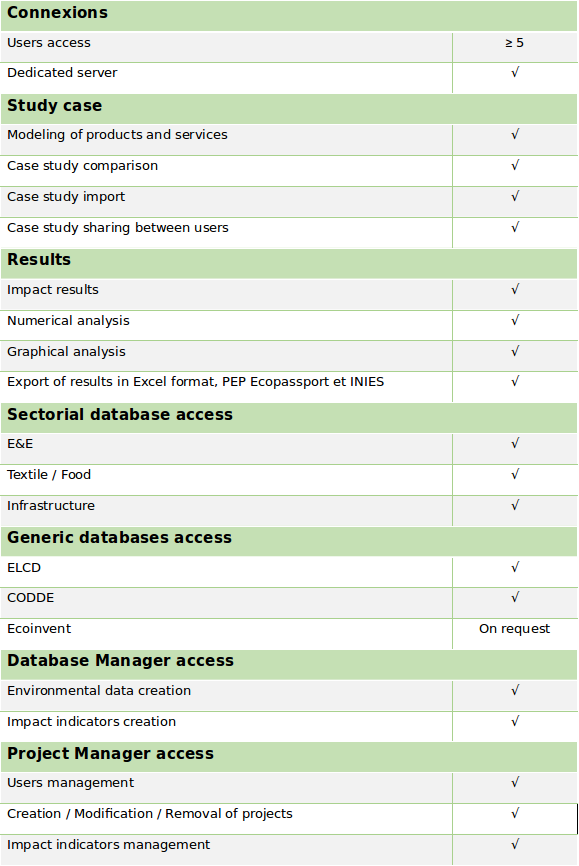


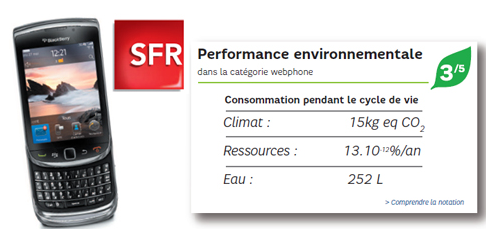 SFR/Vodafone – Affichage environnemental
SFR/Vodafone – Affichage environnemental Conforama – Affichage environnemental
Conforama – Affichage environnemental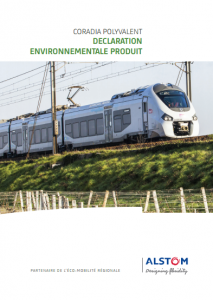 Alstom Transport – Déclarations Environnementales Produit (DEP)
Alstom Transport – Déclarations Environnementales Produit (DEP) Schneider Electric – Product Environmental Profile (PEP)
Schneider Electric – Product Environmental Profile (PEP)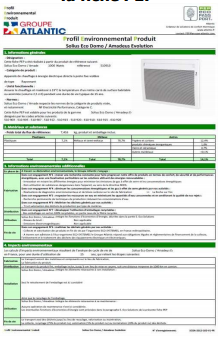 Atlantic – Product Environmental Profile (PEP)
Atlantic – Product Environmental Profile (PEP) Arbor – Fiche Déclarations Environnementale et Sanitaire (FDES)
Arbor – Fiche Déclarations Environnementale et Sanitaire (FDES) Neolife – Fiche Déclarations Environnementale et Sanitaire (FDES)
Neolife – Fiche Déclarations Environnementale et Sanitaire (FDES)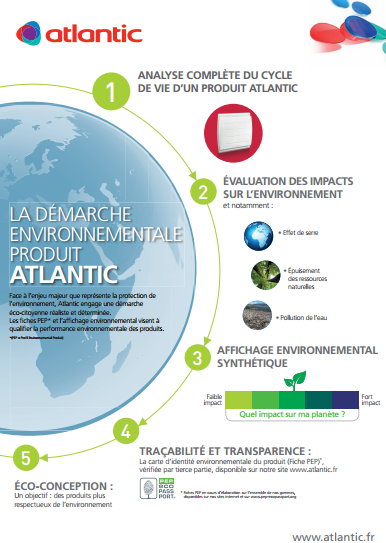 Atlantic – Communication Environnementale pour le grand public
Atlantic – Communication Environnementale pour le grand public